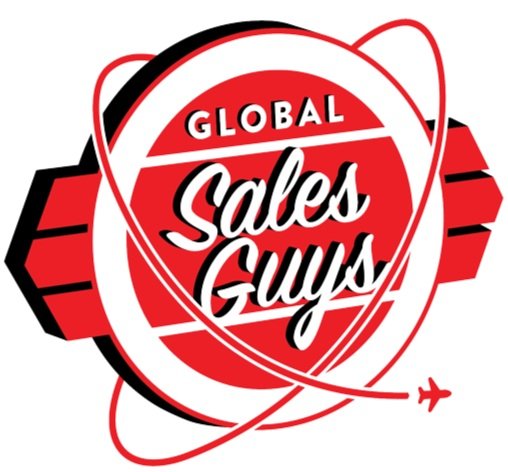The 45 Best Sustainable Outdoor Brands of 2023
Celebrate Earth Day all year long—and cut through greenwashing—with these tips
Written By: MEG CARNEY
We may earn revenue from the products available on this page and participate in affiliate programs. Learn more ›
Across many of the best sustainable brands in the outdoor industry, Earth Day brings a focus on eco-friendliness and responsibility. Although many companies have good intentions, it seems counterproductive to have sales pushing products during a day intended to minimize harm to natural spaces. Reducing our consumption is often the first step in implementing a lower-waste lifestyle, so should we buy into these Earth Day sales or not?
The fact of the matter is that we are going to consume. We can reduce it here and there, but there always comes a time when we need something new. Yes, borrowing, renting, and buying used are options, but only sometimes and only for some. It is especially troubling to see such a push for us to consume during Earth Day, but that is not the buyer’s fault.
The question then becomes: How can we, as consumers, benefit from targeted company sales while avoiding overconsumption and greenwashing?
First, we need to understand what greenwashing is, and then we can learn to avoid it.
What is Greenwashing?
To put it simply, greenwashing is a marketing tactic used to make a product or company appear more environmentally responsible than they are.
Common approaches to greenwashing include:
Product packaging and advertisement designs that reflect a more natural look.
Use of unregulated words such as “natural” or “eco.”
Vague claims surrounding the idea of sustainability with no proof
Outdoor industry brands, in particular, benefit from branding and marketing that leans into sustainability because their direct market is the people that enjoy going outside and care about issues like conservation and climate change. Buyers beware of this image and ideal because it is easy to manipulate information to appear greener than it is. Companies that are honest and transparent about their production practices, material sourcing, and overall values are less likely to greenwash and easier for the consumer to trust.
How to Identify Sustaianble Outdoor Brands
Instead of telling you what to avoid when shopping, I will tell you what to look for and how to identify brands within the outdoor industry that have the consumer’s and the planet’s best interests in mind.
Most of this information can easily be found on company websites. If it is not easy to find, I recommend moving on to a company that makes this information easy to access and understand because it demonstrates transparency.
How to identify a sustainable brand:
Read the company’s mission statement to see if its mission aligns with ethically and environmentally sustainable viewpoints.
Evaluate the company’s about me page to see why they started and if their products are intended to solve a problem, not just make a profit.
If they have a blog or resources page on the website, see if they share information about material sourcing, product production, product care, how to repair items, and more.
Find the company sustainability report or annual review outlining goals for sustainable sourcing, ethical labor practices, energy use, and overall environmental impact.
All messaging from the company is direct and transparent, including company responsiveness to consumer questions about sustainable practices.
They have verified third-party certifications to hold them to a higher (regulated) stewardship standard.
A sustainability consultant or advisor is hired to conduct periodic unbiased audits of workplace sustainability.
They offer a lifetime warranty or guarantee and repair equipment if they produce products.
When the media calls them out regarding greenwashing, unfair practices, or other ethical dilemmas, they make a noteworthy effort to change and improve beyond a simple apology.
The list above is adapted from the book Outdoor Minimalist: Waste Less Hiking, Camping, and Backpacking by Meg Carney.
Many companies with good intentions achieve most of what is outlined above, but other brands may only fulfill a few of these criteria. It can be difficult for a consumer to sift through everything and still feel confident in purchasing. Plus, not everyone has time to delve into that level of product research.
Certifications to Look for While Shopping
One of the fastest and easiest ways to see if a company is doing its due diligence regarding ethical and sustainable production practices is to look for a few specific third-party certifications. Once you know these certifications, they become easy to recognize and help narrow down options that align with your values must faster.
Read The full Article On: Field & Stream

